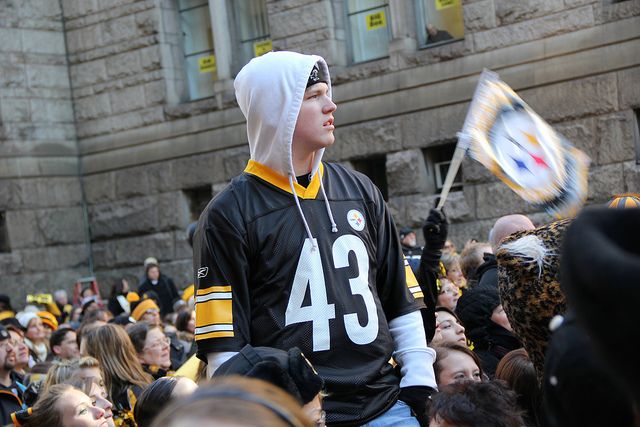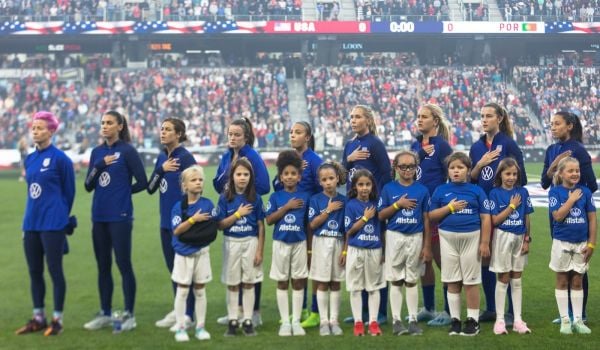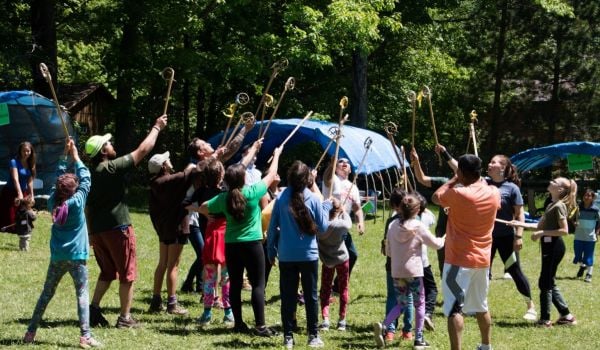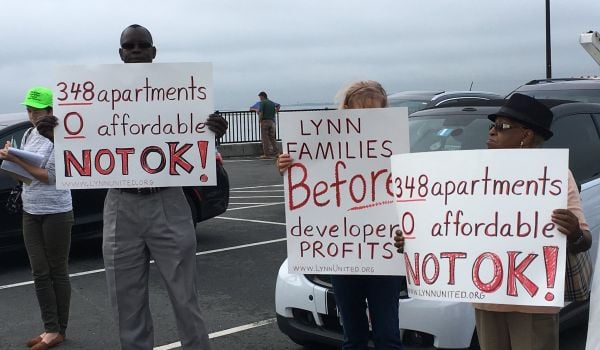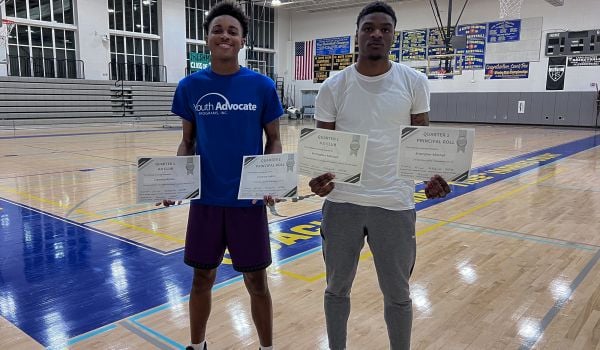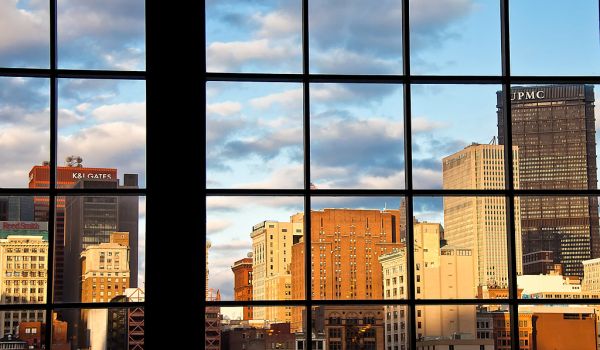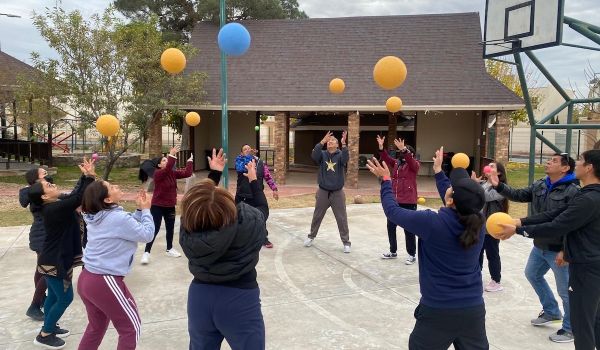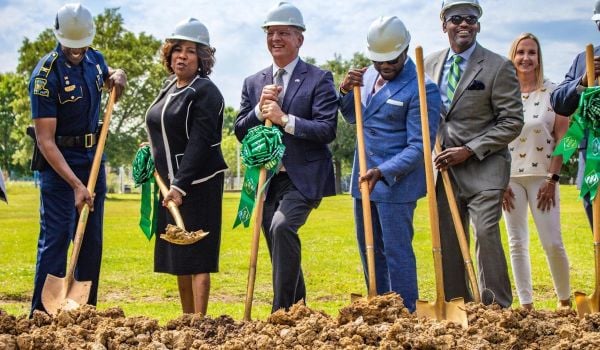As football fans prepared to watch Green Bay battle Pittsburgh in Super Bowl XLV, public officials representing both teams’ regions followed tradition by doing some friendly wagering. The governors of Wisconsin and Pennsylvania participated in a two-part wager involving donations to the “Coke Cheers” program and the exchange of locally made food and beverage products including chocolates, beer, cheese, and wine. In addition, the mayors of Green Bay and Pittsburgh bet local products including steaks and pastries, along with promises to shovel the snow off sidewalks used by fans of the opposing team, should that team win.
There was a bet between the Pittsburgh and Wisconsin Technology Councils, however, which was quite different from tradition. Leaders of both councils made wagers involving a robot, a video game, and “green gasoline,” in addition to the typical snacks and beer. For these technology councils from relatively small, traditionally “rust belt” cities, clearly this represented more than friendly posturing over local pride. Both regions viewed the big game as an opportunity to redefine their cultural identity. As Tom Still, President of the Wisconsin Technology Council, said, “Wisconsin and Pennsylvania have a great deal in common when it comes to their tech economies… Both states have turned to innovation and entrepreneurship to reinvigorate their economies at a time when global competitiveness is essential.”
Both regions celebrated their working-class heritage in the Super Bowl. The names“Packers” and “Steelers” refer to jobs which were much more common in an earlier era and involved hard physical labor, typically performed by men. At the same time, though, both regions are advancing a new image of their cultures and economies. What makes this technology councils’ wager particularly interesting is the way in which it exemplifies the patterns of urban growth described by recent urban growth literature. In previous decades the model for encouraging urban growth was for regions to reduce barriers to business by adopting policies such as reducing taxes and making land available. While many of these options continue to be pursued, the technology boom of the 1990s ushered in a new model of urban growth, one with a focus on attracting highly-skilled workers and entrepreneurs.
How do cities work to attract highly-skilled workers and entrepreneurs? Scholars have suggested several ways to attract these individuals. Terry Clark writes about how amenities (such as restaurants and arts institutions) can drive urban growth. Leonard Nevarez suggests that talented individuals seek to bring their skills to locations that have the lifestyle opportunities they desire, while also offering the opportunity to network with other skilled talent. Richard Florida argues that a global competition is under way in which regions all over the world are vying to attract highly-skilled individuals, who he terms the “creative class.”
Among rust-belt cities, Pittsburgh has a bit of a head start in working towards attractiveness to high-skilled labor. The city and region is host to many excellent colleges and universities, along with a vibrant arts scene supported by foundations funded by industrial barons of the city’s earlier history – Carnegie, Mellon, and Heinz. These resources have made the city attractive to high-tech investment. Partnerships have formed between technology companies and schools like Carnegie Mellon University. Other partnerships have formed between technology companies and UPMC, a regional health care giant. While the technology industry in Pittsburgh may lack the size of those in some regions in California, the city is home to many well-educated young adults, affordable housing, and an enviable array of cultural amenities, all of which are attractive to technology firms. In recent years, much has been made of Google’s locating an office in Pittsburgh and the company’s growing relationship with CMU. In 2007 Places Rated Almanac labeled Pittsburgh “America’s Most Livable City,” and in just the past few weeks the Economist rated Pittsburgh the most livable city in the U.S.
Though perhaps not quite as far along this path, Wisconsin is following a similar strategy to attract economic diversification. The Wisconsin Technology council was formed in 2001 in an effort to encourage economic investment in the technology sector in Wisconsin. The council works to encourage projects, it says, in “the life sciences, advanced manufacturing, information technology and “cleantech” products and services.” And Wisconsin is seeing some success in these efforts. Forbes recently found that Madison, Wisc., was among the regions with the fastest recent growth in the technology sector, which was attributed to factors including favorable tax rates and affordable housing. So while neither region may be perceived as the typical hotbed of technology investment, a variety of companies in the high-tech sector have found reasons to invest in both regions.
Furthermore, in both regions the investment has paid off, as the regions may now wager robots and video games, in addition to beer and snacks. As Audrey Russo, President and CEO of the Pittsburgh Technology Council, explains, “Like the Steelers’ hard-hitting defense, Pittsburgh’s technology sector plays a leading role in energizing our economy. From the life sciences to robotics and advanced manufacturing to software development, our tech industry has all of the zones covered.” Just as confident in the Wisconsin technology sector, Tom Still, president of the Wisconsin Technology Council counters that, “Wisconsin’s tech-based economy is as varied as the Packers are dominant “From software to advanced biofuels, from supercomputers to biotech drugs and assays, Wisconsin technology runs the entire length of the field.”
Of course, the Packers won the big game. So the folks at the Pittsburgh Technology Council got to work packaging their wager and preparing to send it off to the big winners at the Wisconsin Technology Council. While the council members in Wisconsin won the wager and are the ones having fun playing with their new robot, the technology sectors in both regions have much to be proud of – both regions were able to boast their technology products and demonstrate their economic diversification through this wager. The skilled worker looking to for a place to locate their talent may hear of this wager and the technology firms involved, and realize that despite their traditional “rust belt” image each region is competitive at the highest level – not only in professional football, but also in their technology economies and attractiveness to highly-skilled labor.

